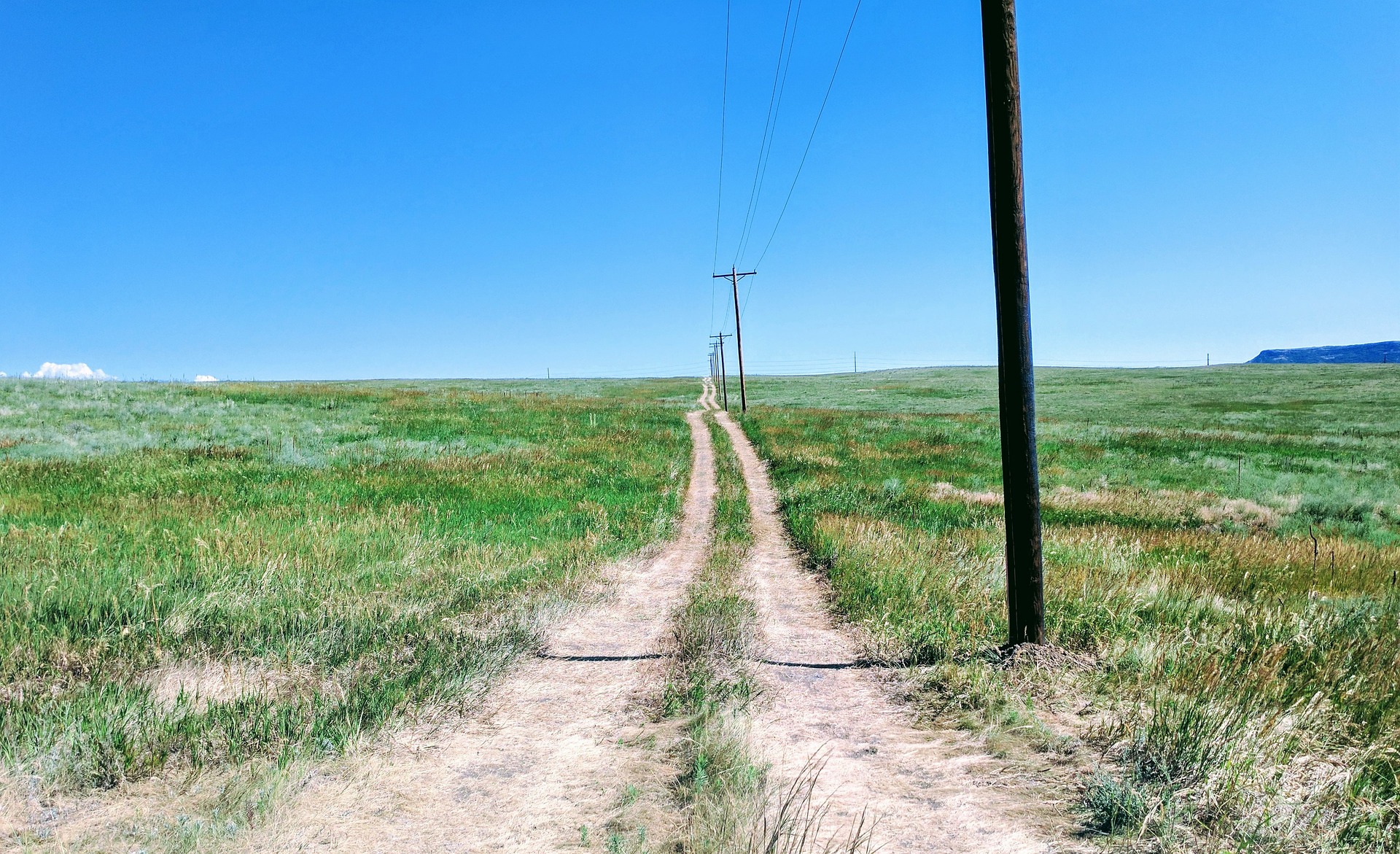The digital divide is worse than we thought
A look inside America's deeply-rooted digital divide

On April 12th, FCC Chairman Ajit Pai proposed a $20 billion rural broadband fund intended to wire as many as four million homes and small businesses with up to gigabit speeds over the next 10 years to address America’s deeply-rooted digital divide.
While this fund is a good start, much more needs to be done. Rural Americans continue to have few options for wired broadband internet service; the FCC currently estimates that 19 million rural Americans do not have access to wired broadband. Going one step further, access does not equate to affordability.
The lion’s share of discussion around the digital divide has centered around access, but the prices rural consumers are paying for the services available to them are worth paying attention to as well.
- This lawsuit could determine the future of the internet in the US
- US set to lose out to China in 5G race
- What Russia will really test if it ‘unplugs’ from the internet
According to our research, roughly 146 million rural Americans do not have access to a low-priced plan for wired broadband internet. That’s nearly 45 percent of the U.S. population. We define “low-priced” as a broadband plan with a monthly cost less than or equal to the 20th percentile of all plan prices, or around $60 per month. Rural homes are paying more for slower speeds, and it serves to illustrate that the issues surrounding the digital divide are worse than we perceive them to be.
Mapping the pricing divide
Access to low-cost broadband is essential for millions of families across the U.S., but it would appear that those who need these services the most have the least coverage. States with a median household income of $60,000 or higher have 78 percent low-priced plan coverage on average, compared to only 37 percent for states with less than $60,000 incomes.
To illustrate this point, let’s take a look at two states, Massachusetts and Montana. In the former, the average household income is $77,385, and the poverty rate sits at 10.5 percent. There are low-priced broadband plans available to virtually 100 percent of the population serviced by a wired provider. In Montana, the average income drops to $53,262, with a 12.7 percent poverty rate. How many of these Montanans have access to a low-price plan? One percent.

Lack of rural competition keeps prices high and access low
Competition drives down prices, and less choice in rural areas appears to be a key driver of the digital divide. Urban areas are highly competitive and densely populated, encouraging investment from major providers.
Are you a pro? Subscribe to our newsletter
Sign up to the TechRadar Pro newsletter to get all the top news, opinion, features and guidance your business needs to succeed!
Rural areas can be lucky to have a single option for wired broadband, and population density is a key predictor of low-priced plan coverage. In fact, zip codes in the bottom 10 percent of population density pay up to 37 percent more on average for residential wired broadband than those in the top 10 percent nationally. It’s clear that there is more work to be done here.
The road ahead
So, what can be done to improve the current state of rural broadband internet access? This is a complicated issue, and there isn’t likely to be a single, sweeping change that will bridge the gap on its own. Bringing better access and lower prices to underserved markets will likely only result from a multi-faceted effort on behalf of service providers, state and federal government, and communities around the nation.
One immediate step toward achieving this goal involves improving the process by which coverage reporting happens. At current, over-reporting of broadband availability is a massive issue that disproportionately affects rural Americans. There are a number of initiatives currently planned to overhaul this process over the coming years, both within the government and in the private sector.
Communities, for their part, can invest in programs that foster competition, such as municipal broadband operations and “dig once” policies. These allow individuals to help shape the services they have access to locally, and they empower municipalities to take matters into their own hands when it comes to getting their residents online.
Finally, new subsidies are necessary in order to help bring vital infrastructure improvements to underserved (and unserved) areas. This is where the FCC comes in, and Chairman Pai’s proposed budget cap underscores the larger issue at play here. If we’re to bring robust connectivity to our underserved communities, we’re going to need to start building new bridges, not restricting the ones we already have.
Tyler Cooper, Consumer Policy Expert at BroadbandNow
- Get your business or project online with the best website builder